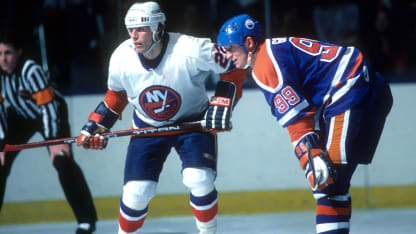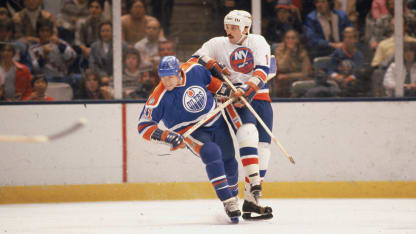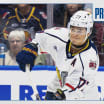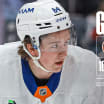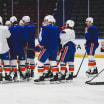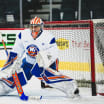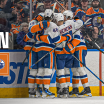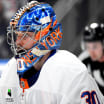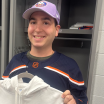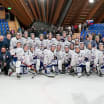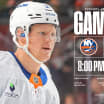So, they did. Potvin and Company bombed the Visitors, 8-2, in the opener at the Coliseum. Even the media was impressed with the Champs, especially Canadian author Peter Gzowski who was writing a book about Edmonton.
"The Oilers are not comfortable with the idea of playing them," Gzowski observed.
Gretzky was less diplomatic and, in fact, annoyed Nassau fans when he called the Canadiens - not the Isles - "The greatest team in hockey." For motivational purposes, Arbour tacked that comment on his club's bulletin board.
Radar's move didn't hurt since the Isles captured Game Two in Uniondale, 6-3, and successfully contained Gretzky. "We used a zone," Potvin explained.
"We knew that if we gave him enough time and targets, he'd blow our doors off. We concentrated on covering his wings and getting to him quickly to get him off the puck."
The plan backfired in Game Three -- at Northlands Coliseum -- with a 5-3 Oilers victory but the Isles rebounded in the fourth match which went into overtime tied, 4-4.
A sudden-death hero in the 1980 playoffs, defenseman Ken Morrow potted the winner again; this time beating Andy Moog at 5:41 of the first O.T. "My shot must have had eyes," Ken explained.
But the fourth win - the potential clincher - would have to wait. Sather's sextet held on for a 4-3 edge in Game Five at Uniondale, sending the series back to Alberta once more. This time, there was no time for comedy; Radar saw to that.
